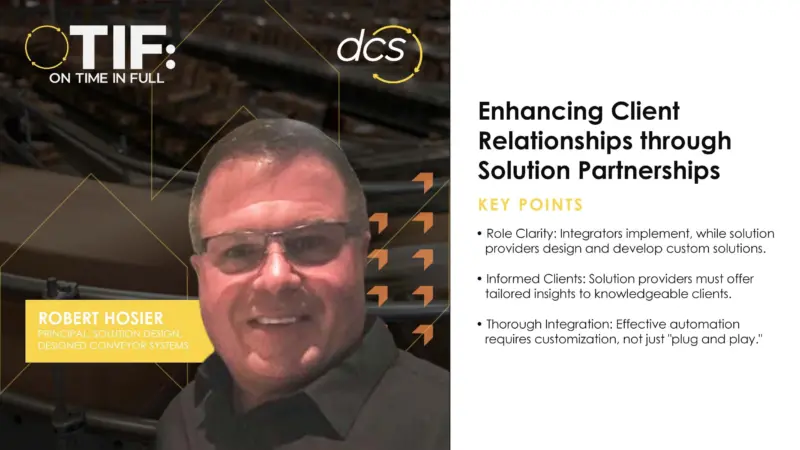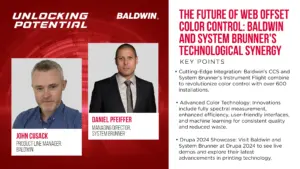Tracking Assets is a Key Part of Accountability and Transparency
One of the largest sources of financial inefficiency for any construction company are expenditures that can be prevented by consistent asset tracking. On this episode of ThingTech’s Enterprise Asset Intelligence podcast, the CEO of yardz, Jason Perez, sat down with Sean Heath and they discussed the simple way to solve this complex issue.
The most common mistake happens for both owned assets and rented equipment according to Perez.
“People are renting a lot of stuff that they don’t even need to rent, because they don’t even know where their own stuff is,” he said. “That was kind of an interesting segue way of rentals to owned and, really, it’s all about getting the tools regardless of whether you own them or not.”
It may seem that a highly complex solution would be required, but that’s not necessarily the case.
“Our industry is simple. Really simple. The more complex you make it, the less people connect to your solution,” Perez said.
The range of heavy construction project benefits are obvious, but other job sites can leverage the new technology, as well.
“It’s been a big deal for these roofing contractors to be able to go in and go: ‘Hey. Every project we go out, I’m a click of a button away from renting a reach lift, a port-a-potty, and a dumpster. And it takes me about 15 seconds of effort,“ Perez explained.
Misplaced or forgotten equipment is lost revenue that Perez sees on a consistent basis.
“I would say we walk in regularly, 8 months, 6 months, 3 months, you know, it’s months that people are leaving pieces of equipment and we’re talking tens of thousands of dollars that they’re leaving on the table that they could be putting back to the bottom line,” he said.
For the latest news, videos, and podcasts in the Engineering and Construction Industry, be sure to subscribe to our industry publication.
Follow us on social media for the latest updates in B2B!
Twitter – @AECMKSL
Facebook – facebook.com/marketscale
LinkedIn – linkedin.com/company/marketscale







